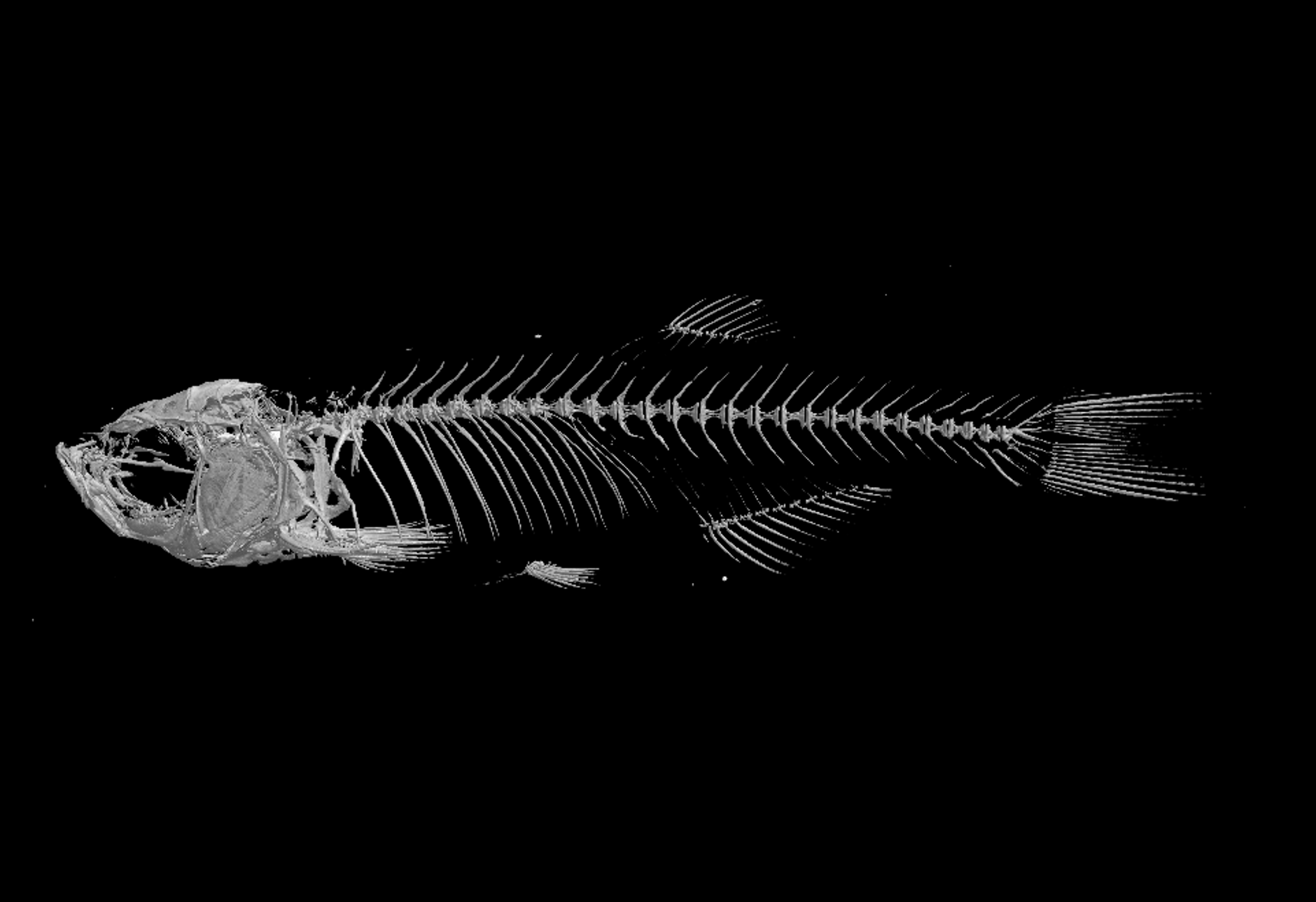The primary objective of our research is to understand the biology behind the complex function and pathology of musculoskeletal aging and disease. Our research focuses on identifying genes involved in the inter-individual variation of complex traits, including bone mass, muscle (lean) mass, and metabolic syndrome.
Osteoporotic fractures of the hip and spine represent significant and prevalent health problems. Loss of muscle is an essential step in the osteoporotic fracture pathway for two reasons. First, muscles transmit loads directly onto bones. Second, muscles contribute to stability and the risk of falling. The current therapies against osteoporosis are universally “bone-centric,” ignoring the important contribution of muscle to maintaining skeletal strength. Our search for biological connections between the muscles and bones is aimed to inspire novel molecular strategies for the treatment and prevention of osteoporotic fractures and other devastating musculoskeletal (MSK) diseases.
Another relevant avenue is the interaction of fat with both bone and muscle, and whether the same mechanisms govern fatty infiltration of the liver (hepatosteatosis), considered to be a hepatic manifestation of metabolic syndrome. Therefore, we are extending our research to other heritable human diseases. For example, we are looking at a local population in the Galilee and performing DNA exome resequencing experiments in a group enriched with metabolic syndrome. Together with clinical investigator colleagues, we work on incorporating genetic risk scores and interactions of gene-by-environment (such as nutrition and physical activity) into the clinical trials of interventions for osteoporosis, sarcopenia, and metabolic syndrome.
We are actively participating in the Big Data of osteoporosis -omic: https://msk.hugeamp.org/
The ultimate goal of genetic discovery is to define mechanisms that underlie an association. A statistically identified genetic association must be validated in vitro or in vivo. Thus, we perform targeted functional experiments, using molecular biology techniques, once an allelic association for a gene has been identified and replicated.
We utilize the zebrafish (Danio rerio, ZF) as a valuable model for the human physiology and disease. The ZF is ideal for evaluating multiple organs simultaneously in vivo, as opposed to in vitro assays performed on cultured cells or tissue explants/organ slices. The genomic organization, the genetic pathways controlling signal transduction, and the developmental pattern are all conserved between ZF and mammals. The ZF is highly amenable to both molecular analysis and genetic manipulation (we use CRISPR-based interventions), which allows establishing high-throughput screening platforms. ZF is also a well-established model for studying interactions between genes and the environment on both the development/growth and adult function.
Muscle, hepatic, adipose and bone phenotypes in animal models we are working with are characterized by sophisticated techniques. These include histological and fluorescent staining, and microCT for body composition. Our continuous efforts are dedicated to translational research in the MSK disease.

